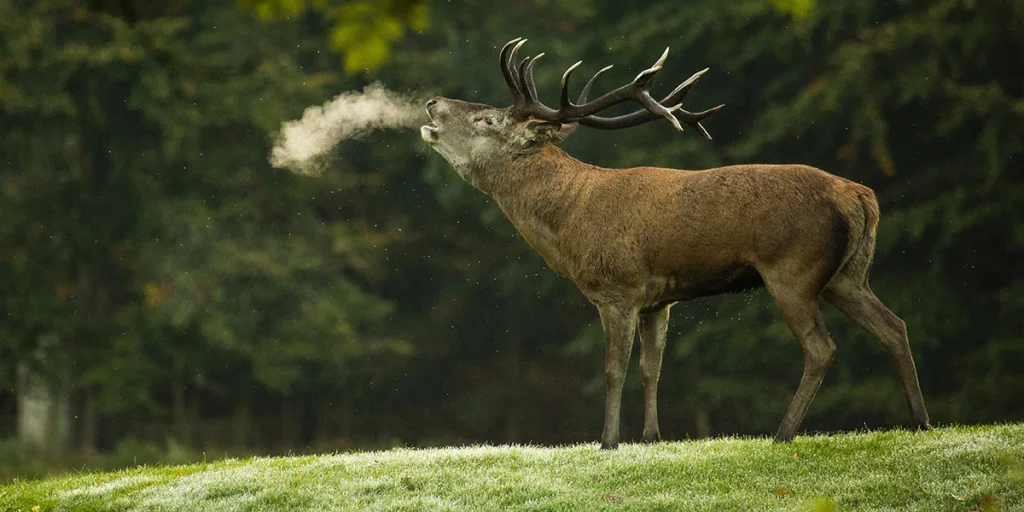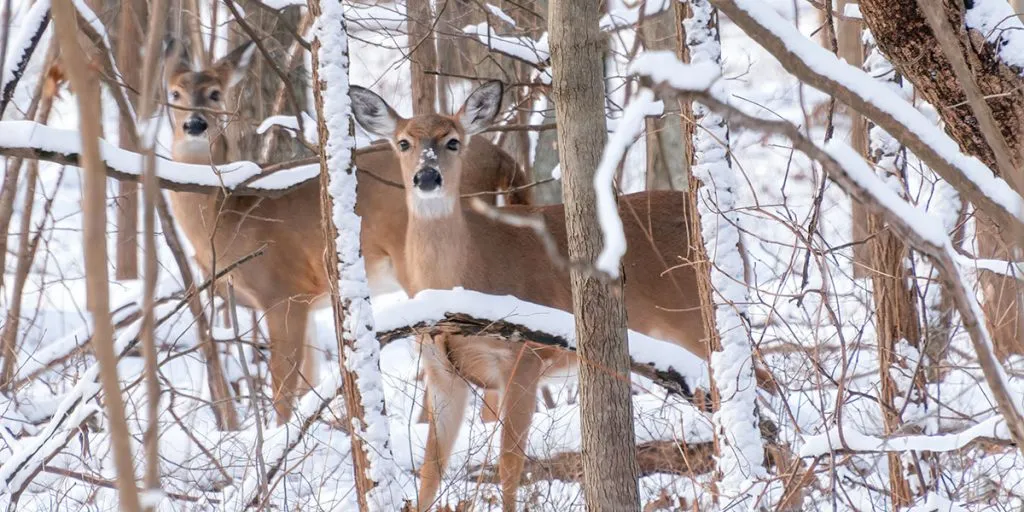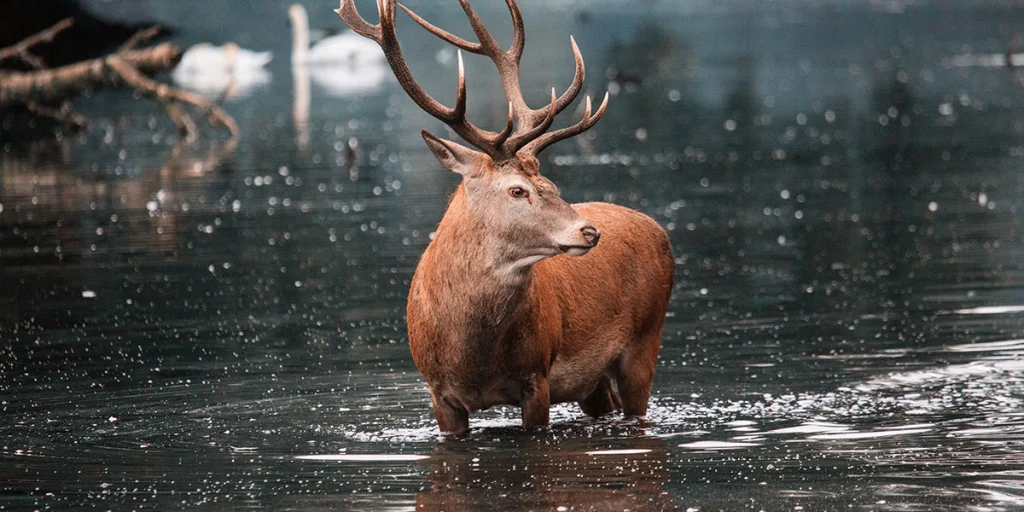Male deer are impressive animals with their big antlers, and can have many names. What they’re called depends on the language and species, but is also influenced by local dialect. Furthermore, their age and stage of development can change how we refer to them.
A male deer can have many different names, but is most commonly called a buck, stag, bull, or hart. Newborn male deer, much like their female counterparts, will either be called a fawn (white-tailed deer) or calf (larger deer species).
In the modern English language, the most common name for a male deer is a buck, while their female counterpart is called a doe. An old English name for an adult male deer would be a hart, and the female would be called a hind.
1. Buck
The most common way to refer to a deer, at least the male ones, would almost always be a buck. The name ‘buck’ is most often used for smaller common species such as the Fallow Deer or White-Tailed Deer. However, it can be used for the majority of deer varieties.
If you’d ever find some antler-wearing beauties in a park or local zoo, you would refer to them as male bucks.
A buck is a common name for the male variety of a number of species. Next to deer, the following animal types are also called a buck:
- Antelopes
- Goats
- Hares
- Rabbits
- Rats
2. Stag
Not all male deer species are called bucks. The two main exceptions would be the Red Deer (Cerphus Elaphus) and the Sika (Cervus Nippon), which are instead commonly referred to as stags.
Red Deer are widespread on the North American and European continents. They are some of the largest deer species in the USA, and actually the number one largest deer species in the UK. A stag can grow up to about 4 feet (1.2 meters) at shoulder height, which is definitely a sight to behold.
Sika Deer are members of the Elk family and are considered an endangered deer species. They are native to the forests of the East Asian continent and Japan. They are considerably smaller than Red Deer, and spotted on their backs instead of completely brown. As mentioned, we also refer to the males of this variety as stags.
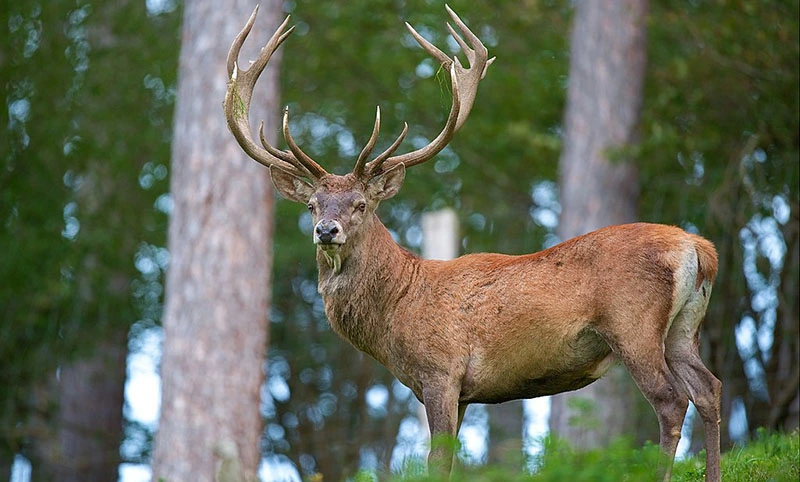
3. Bull
When thinking about a bull we usually think about another hooved animal, the male cow to be exact. However, some of the largest deer species on the American continent also carry the name bull.
The male deer varieties of the Moose, North-American Elk (or Wapiti), Reindeer (or Caribou), but also Sambar are all referred to as bulls.
With the exception of the Sambar (native to India and South-East Asia), all these deer species are mainly found in the forests and plains of the USA and Canada.
4. Hart
Before terms such as ‘buck’ or ‘stag’ were introduced in the modern English language, a male Red Deer would be called ‘hart‘. The term stems from the Medieval era, and comes from both the Middle English ‘hert‘, and Old English ‘heorot‘.
The word ‘hart’ means exactly the same as ‘stag’. Except if you’re studying history or linguistics, you’re allowed to immediately forget the term again and use ‘stag’ instead.
Fun fact, In the old classic book ‘Beowolf’ the term ‘hart’ was used to refer to a male red deer. To be more specific, the word only refers to adult males older than five years. Just like in modern English, different terms were used for newborn and young males.
5. Fawn
A newborn or young baby deer is commonly referred to as a fawn. The term is not specifically a name for males, but can also refer to females of the same species. Fawns are members of smaller deer species that are more commonly found on the North American and European continents.
Male fawns grow into adult ‘bucks’ or ‘stags’ after they are about 5 to 6 years old. This is the age at which the animals hit puberty and adulthood: they start developing antlers and get high testosterone levels in the so-called ‘rutting season’.
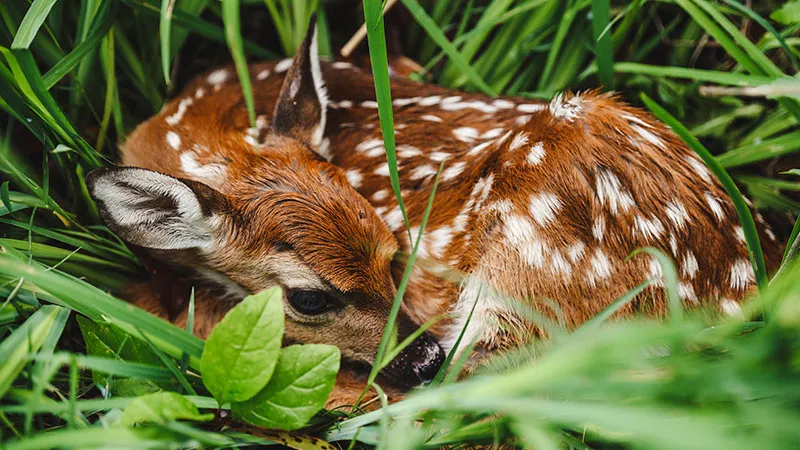
6. Calf
Last but not least we have the male term ‘calf‘, which can refer to newborn or young individuals of larger deer species. Much like the term ‘fawn’ for smaller species, a ‘calf’ can refer to both males and females.
Offspring of large deer species are generally named ‘calves’, examples include baby moose, baby elk, and baby reindeer.
A wide variety of hooved cattle are also called calves. One might think of cows, elephants, camels, giraffes, or even hippos. All these species can give birth to a calf. Just remember that it’s only a term for an individual that’s not a fully grown adult yet.

